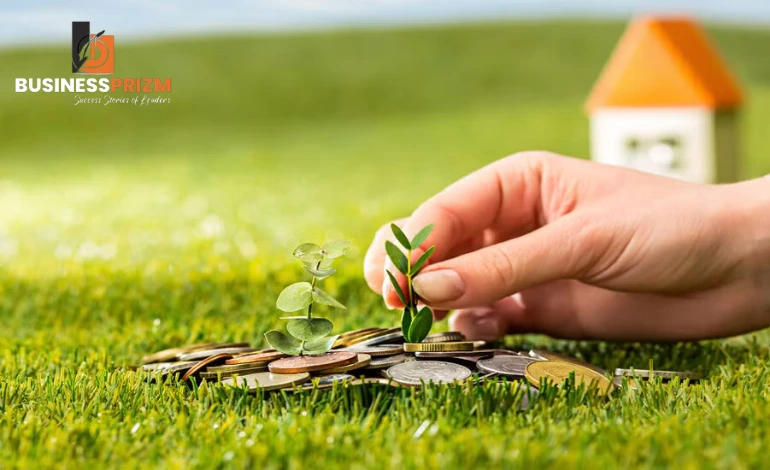In a world increasingly concerned about sustainability and environmental degradation, traditional economic indicators like Gross Domestic Product (GDP) often fall short in capturing the true cost of economic growth. Enter Green GDP, an innovative concept that seeks to remedy this oversight by integrating environmental factors into economic measurements. In this article, we delve into the intricacies of Green GDP, exploring its significance, calculation methods, and implications for sustainable development.
Understanding Green GDP
Green GDP, also known as environmentally adjusted GDP or sustainable GDP, is a modified version of conventional GDP that accounts for the depletion of natural resources and the degradation of ecosystems. Unlike GDP, which solely measures the monetary value of goods and services produced within a country’s borders, Green GDP factors in the environmental costs associated with economic activities.
The Need for Green GDP
The traditional GDP measure fails to consider the environmental consequences of economic growth, leading to unsustainable practices and misaligned policy priorities. By incorporating environmental indicators such as pollution levels, resource depletion, and carbon emissions, Green GDP offers a more comprehensive view of economic performance.
Calculating Green GDP
Calculating Green GDP involves adjusting traditional GDP figures to reflect the environmental impacts of economic activities. This adjustment requires quantifying the costs of pollution, natural resource depletion, and ecosystem degradation and subtracting these from the conventional GDP. Various methodologies exist for estimating these environmental costs, including input-output analysis, lifecycle assessment, and ecological footprint analysis.
Implications for Policy and Decision-Making
The adoption of Green GDP as a measure of economic performance has far-reaching implications for policymaking and decision-making. By providing a more accurate reflection of the true costs of economic growth, Green GDP enables policymakers to make informed decisions that promote sustainable development and environmental stewardship. Governments can use Green GDP data to design policies that incentivize eco-friendly practices, invest in renewable energy, and protect natural habitats.
Criticisms and Challenges
Despite its potential benefits, Green GDP is not without its criticisms and challenges. Critics argue that assigning monetary values to environmental goods and services is inherently subjective and may overlook the intrinsic value of nature. Additionally, accurately quantifying environmental costs can be complex and contentious, leading to uncertainties in Green GDP calculations.
– As the global community grapples with pressing environmental challenges such as climate change, biodiversity loss, and resource depletion, the need for alternative economic measures like Green GDP becomes increasingly apparent. By accounting for the environmental impacts of economic activities, Green GDP offers a more holistic approach to measuring economic progress and guiding sustainable development efforts. While challenges remain in its implementation, Green GDP represents a promising step towards aligning economic prosperity with environmental preservation.
In summary, Green GDP represents a paradigm shift in economic measurement, offering a more comprehensive and sustainable approach to assessing economic performance. By incorporating environmental factors into GDP calculations, Green GDP provides valuable insights for policymakers, businesses, and society at large, facilitating informed decision-making and promoting a more sustainable future.










